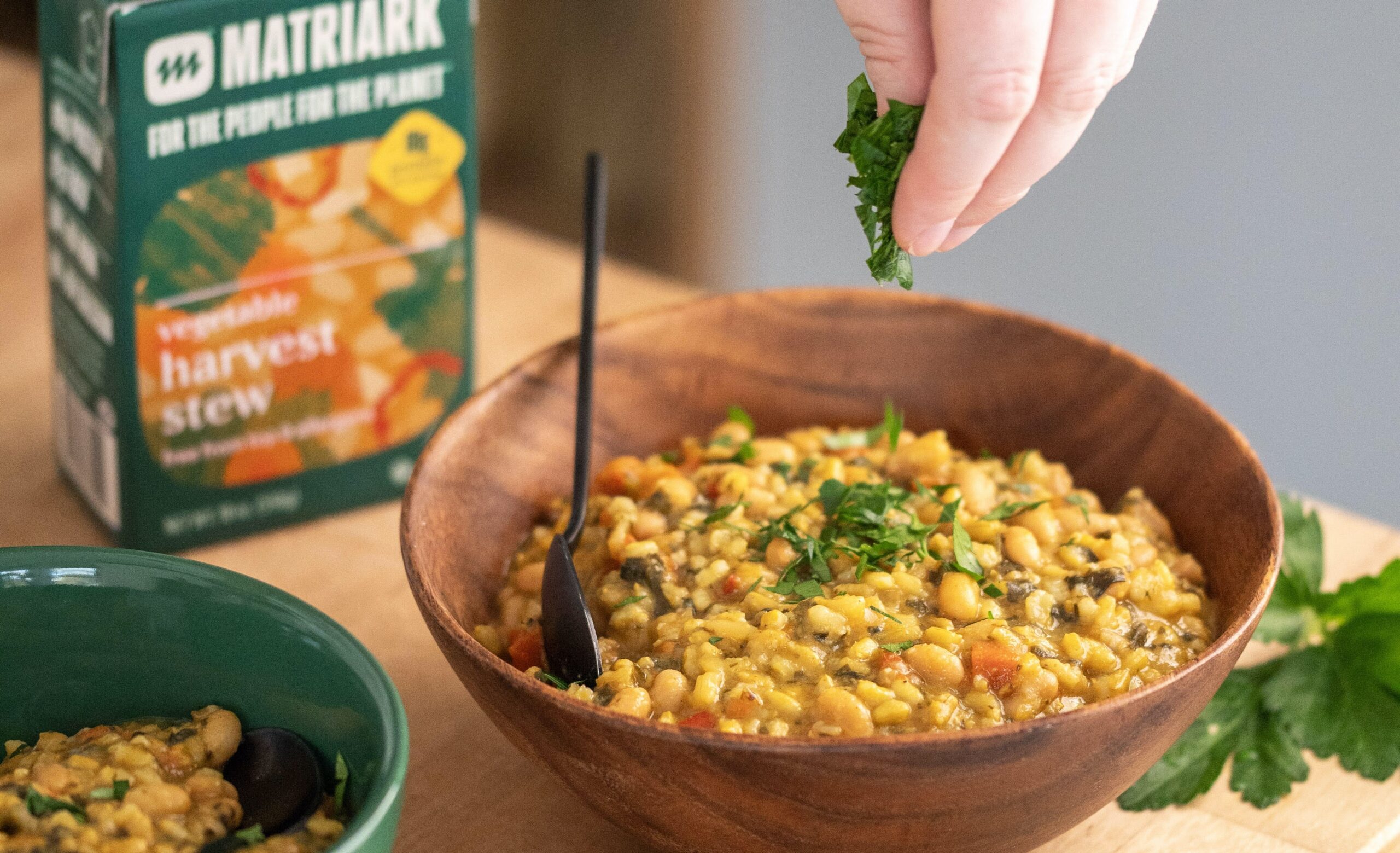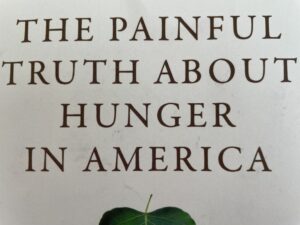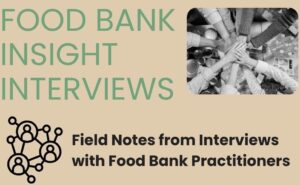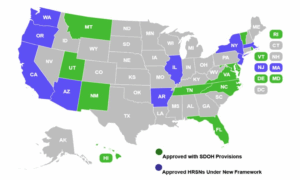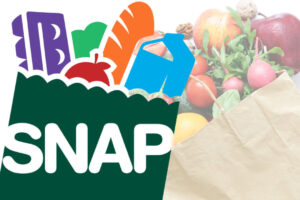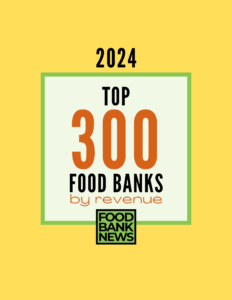Every year, vast quantities of nutritious produce go to waste, even as food insecurity continues to rise. What if this unwanted produce could instead be transformed into shelf-stable meals that nourish food-insecure communities, support regional farmers, and help the planet?
Anna Hammond asked this question – and then created an answer by forming Matriark Foods, a social impact business that uses surplus produce sourced from farmers and food processors to create healthy, nourishing food products. Its Vegetable Harvest Stew, sourced primarily from surplus navy beans and vegetables grown in New York state, recently became available for purchase through the Feeding America marketplace, adding a shelf-stable, nutrient-dense option to the food assistance landscape.
The stew caught the eye of FeedMore WNY, a food bank serving counties in western New York, which has purchased four full truckloads of the product and noted that it’s a popular selection at many of its client choice pantries. Other purchasers include Florida’s Feeding Tampa Bay and City Meals on Wheels in New York City. Matriark plans to expand its product line to include squash and red bean stew and vegetarian chili.
The Vegetable Harvest Stew meets the requirements of New York State’s Nourish New York, a program that benefits both the state’s farmers and its food-insecure residents. Launched during the pandemic and made permanent in 2021, Nourish New York provides funds to New York emergency food providers to purchase surplus produce directly from the state’s farmers and food processors.
“We are very pleased with purchasing the product from Matriark Foods,” said Catherine Schick, FeedMore’s Public Relations Manager. “We like to be able to provide high quality products that emphasize nutrition, and then, of course, are emphasizing the reduction of food waste. That is a huge part of our mission as well.”
The stew has 18 grams of protein, 12 grams of fiber, and provides 30% of the daily value of iron and 10% of calcium – all from vegetables and legumes. It’s designed to be the kind of meal that crosses cultures and can be eaten out of the carton by someone experiencing homelessness, Hammond explained. In addition to food banks, Matriark also sells to food service organizations, such as schools and restaurants, and has a small retail line.
A native of New York state, Hammond has a strong affinity for farmland and farms. Before forming Matriark, she helped establish and lead a healthy eating program for youth and families living in New York City public housing that utilized produce donated by upstate farms.
Hammond acknowledged the important role of donated food in hunger relief, but also stressed the need to pay farmers. “Small and mid-scale American farmers need to be paid for their produce,” she said. “Otherwise, they are not going to be able to continue to be farmers and feed us and address the growing need for food.”
While processed food often gets a bad rap, Hammond noted the upsides. “Processed food extends the harvest. You can feed a lot more people. And if you design products that are better for people and the planet, then you’re solving a bunch of different things simultaneously.”
Matriark sources surplus ingredients for its products from two supply chains. One is large vegetable processors that produce carrot sticks, celery sticks, and onion slices for grocery stores and deli counters. “If you think about a bunch of celery and you see celery sticks in the grocery store, imagine all the celery that’s not there,” Hammond said. The other is small and mid-scale farmers, from whom Matriark purchases surplus or “off-grade” produce.
By turning surplus into sustenance, Matriark is building a stronger regional economy while addressing food insecurity and sustainability. “We’re not the only company that’s looking at food systems,” Hammond said. “But in this particular space for added value, it’s an arena that we’re really leaning into. It’s really a circular economy program.” – Amanda Jaffe
Amanda Jaffe is a writer and former attorney with a deep interest in organizations and mechanisms that address food insecurity. Her online publication, Age of Enlightenment, is available on Substack, and her essays and articles may be found at www.amandajaffewrites.com.
Like what you’re reading?
Support Food Bank News
